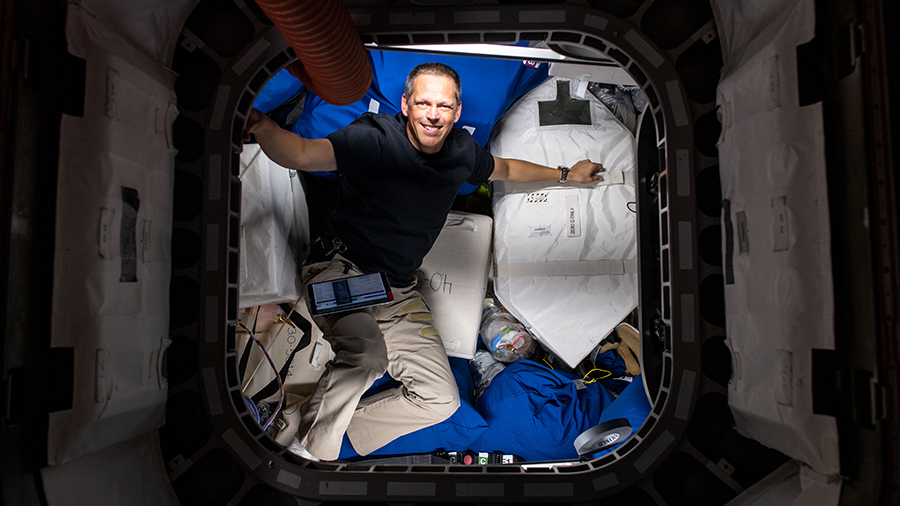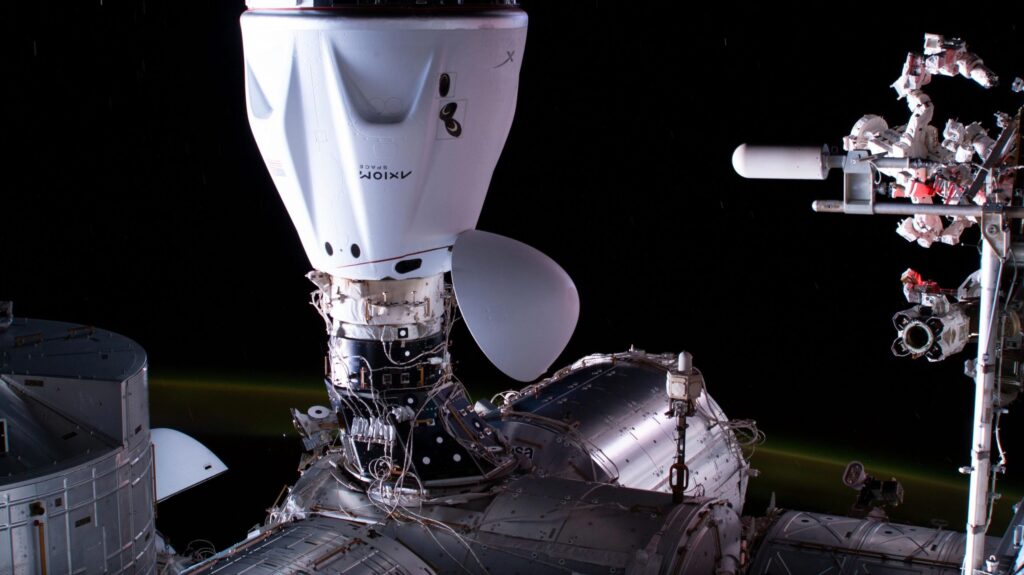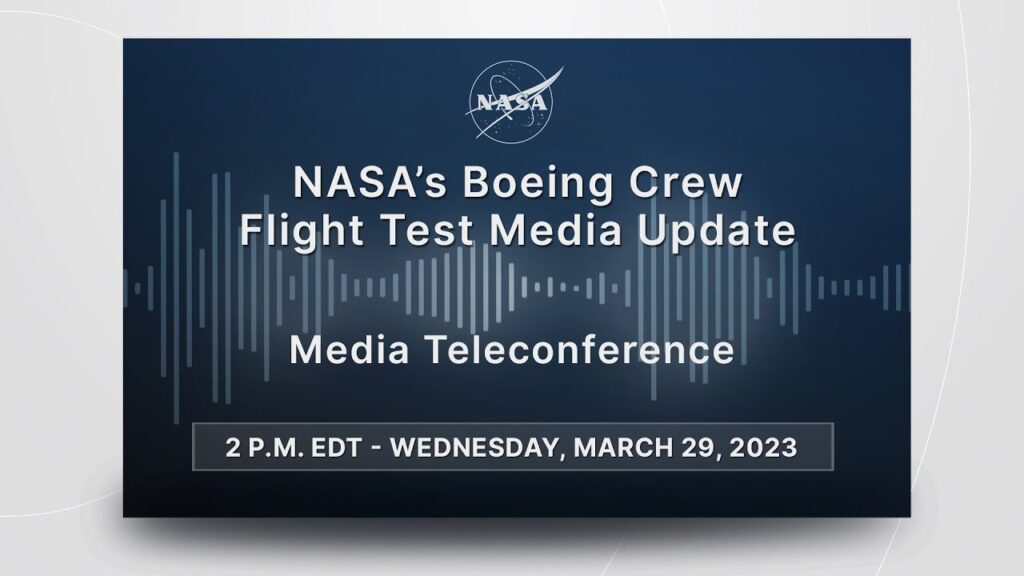
Space research hardware kept the Expedition 67 crew busy on Friday as the four astronauts and three cosmonauts turned on free-flying robots, configured nanosatellites, and replaced a fuel bottle inside a furnace. The septet also split its day inside the International Space Station with Earth observations, spacesuit helmet work, and cargo packing.
The Astrobee robotic assistants were flying autonomously inside the Kibo laboratory module today streaming video of their activities to mission controllers on Earth. NASA Flight Engineer Bob Hines configured the cube-shaped Astrobees to test their ability to navigate and visualize the inside of Kibo on their own.
ESA (European Space Agency) astronaut Samantha Cristoforetti swapped a fuel bottle inside the Electrostatic Levitation Furnace that enables safe observations of high-temperature phenomena in microgravity. She started the day partnering with NASA Flight Engineer Jessica Watkins collecting blood samples and processing them in a centrifuge. Watkins also photographed Earth landmarks in North America, Spain, and Africa while verbally providing descriptions to assist researchers on the ground.
NASA Flight Engineer Kjell Lindgren checked out components on a U.S. spacesuit helmet before continuing to pack Northrop Grumman’s Cygnus space freighter. Cristoforetti and Watkins both joined Lindgren at the end of the day as they loaded Cygnus with trash and discarded gear ahead of its departure later this month.
In the Russian segment of the orbiting lab, Commander Oleg Artemyev tested a set of nanosatellites before their future deployment. He also assisted Cristoforetti while she pedaled on an exercise cycle for a physical fitness evaluation. Flight Engineer Denis Matveev spent Friday servicing a Russian oxygen generator while Flight Engineer Sergey Korsakov worked on configuration tasks and computer maintenance inside the Nauka multipurpose laboratory module.
The International Space Station Flight Control Team has decided to postpone the first limited reboost of the International Space Station by the Northrop Grumman Cygnus resupply vehicle from Saturday to Monday to refine the duration and magnitude of the activity in the wake of Thursday’s debris avoidance maneuver. The postponement will have no impact on station operations.
This Cygnus mission is the first to feature this enhanced capability as a standard service for NASA, following a test of the maneuver which was performed in 2018 during Cygnus’s ninth resupply mission. Cygnus arrived at the orbital outpost in February and is slated to depart from the space station later this month when it will be deorbited to burn up harmlessly in the Earth’s atmosphere.
Learn more about station activities by following the space station blog, @space_station and @ISS_Research on Twitter, as well as the ISS Facebook and ISS Instagram accounts.
Get weekly video highlights at: http://jscfeatures.jsc.nasa.gov/videoupdate/
Get the latest from NASA delivered every week. Subscribe here: www.nasa.gov/subscribe




